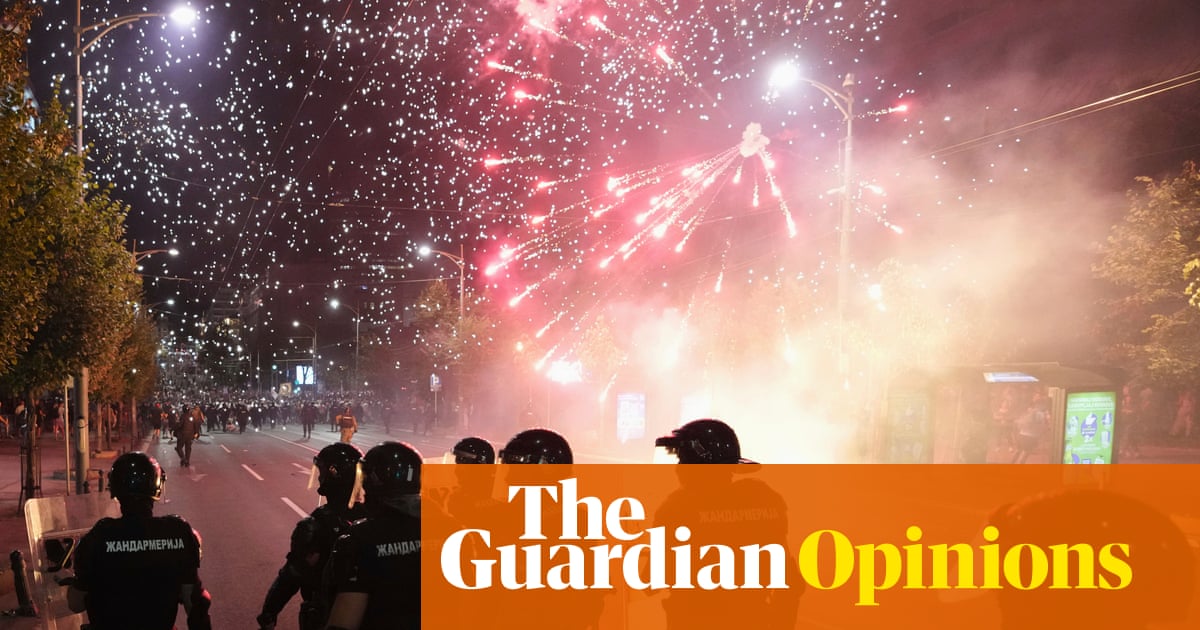
"On 1 November 2024, a concrete canopy collapsed at the railway station in Novi Sad, Serbia's second-largest city, killing 16 people. The tragedy triggered the longest wave of protests the country had seen in a decade a spontaneous uprising against corruption, negligence and the arrogance of power. One year on, the cracks in Serbia's concrete have turned into fissures in its political foundations."
"Second, infrastructure is the regime's pride and propaganda. For more than a decade, President Aleksandar Vucic's ruling party has measured its success in kilometres of asphalt and track. Every election campaign features new promises of roads, bridges and tunnels. The forthcoming Expo 2027 in Belgrade is the government's showcase. But in Vucic's Serbia speed, patronage and political gain are seen to come before safety or oversight."
The Novi Sad station canopy collapsed on 1 November 2024, killing 16 people and triggering the longest wave of protests in a decade, a spontaneous uprising against corruption, negligence and the arrogance of power. The station has been a central meeting place since 1964, reconstructed for the new high-speed line, and the victims could have been ordinary travellers or families. Infrastructure has become the ruling party's measure of success, with electoral pledges built around kilometres of roads and tracks and Expo 2027 promoted as a showcase. Ceremonial reopenings and rushed inaugurations have prioritized speed, patronage and political gain over oversight and safety, including opening projects without permits and suspending tunnel-safety rules.
Read at www.theguardian.com
Unable to calculate read time
Collection
[
|
...
]